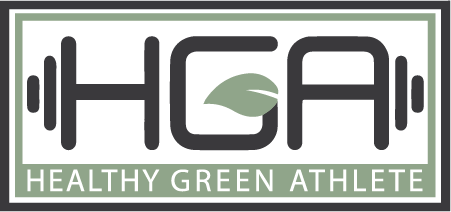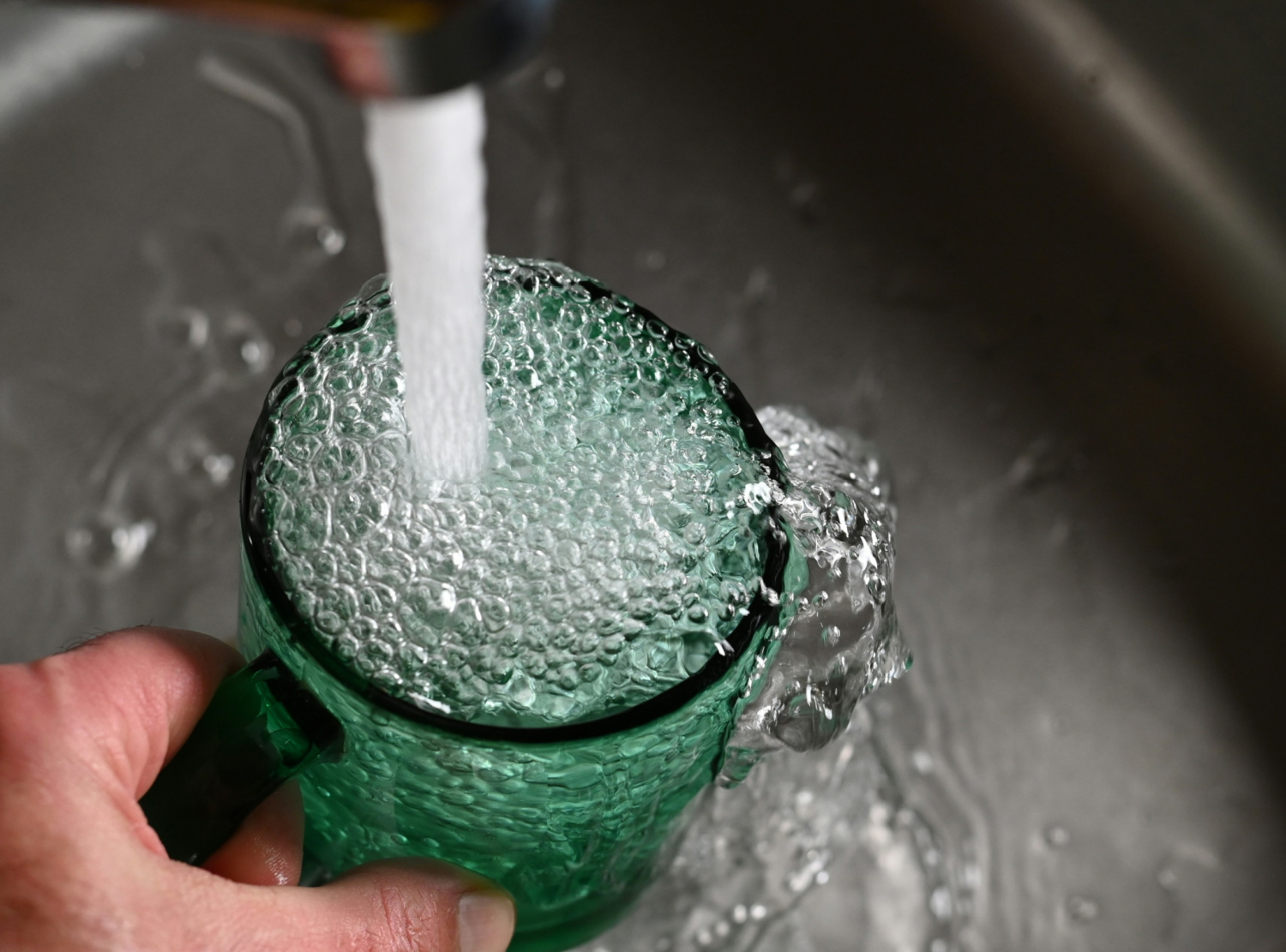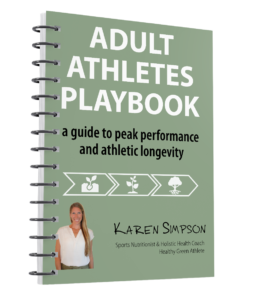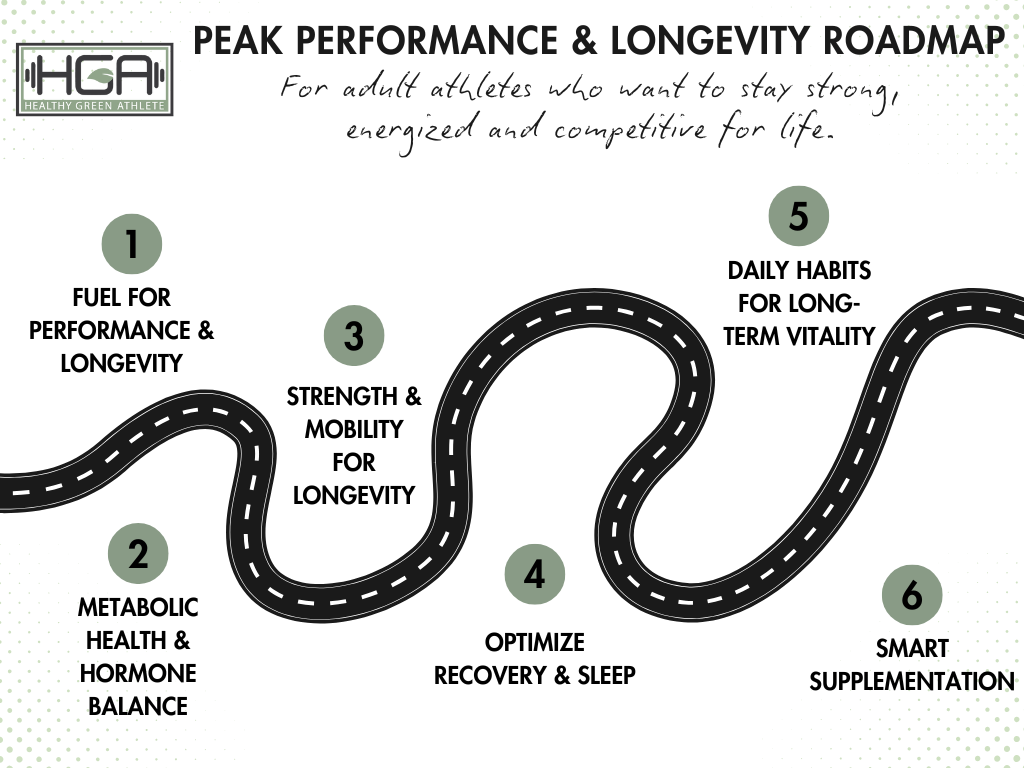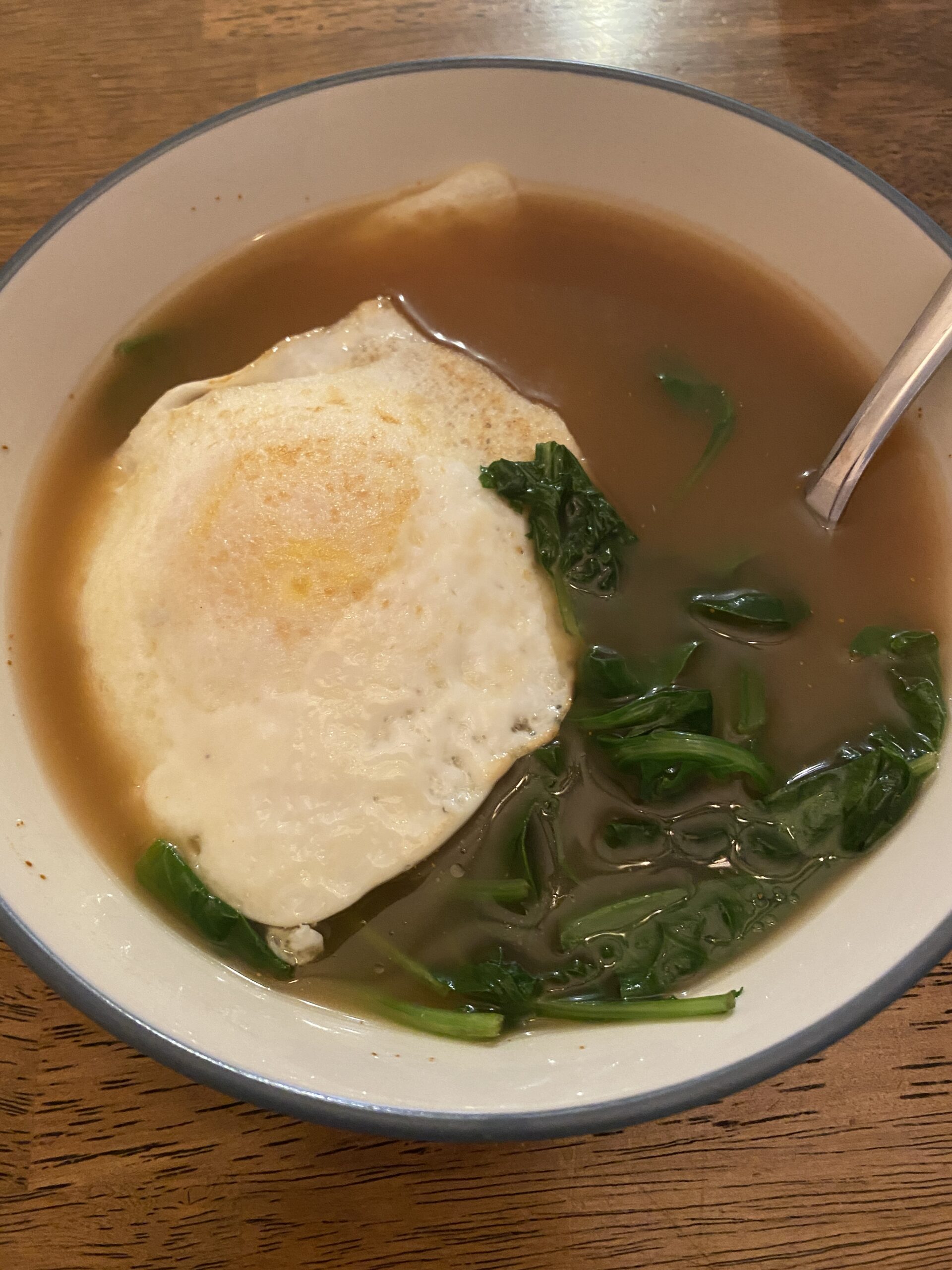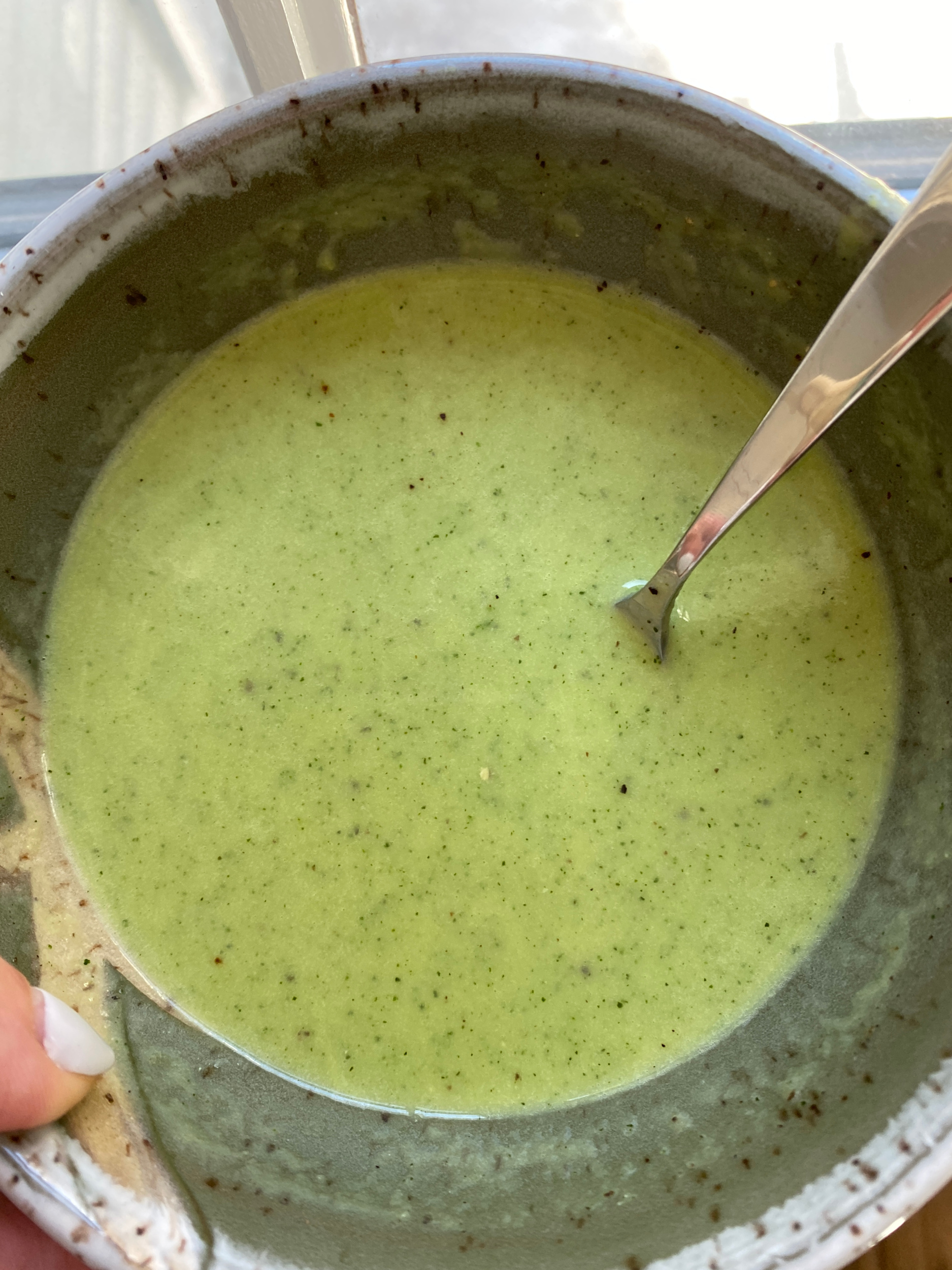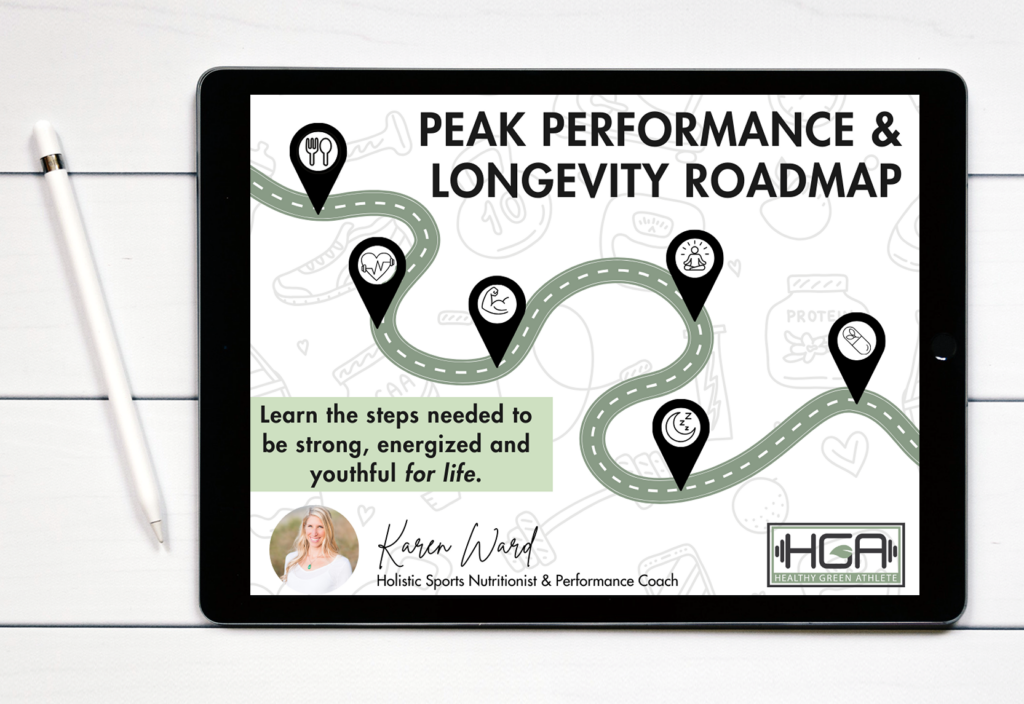Drinking clean water is incredibly important for your health. Water is essential for various bodily functions, including maintaining hydration, regulating body temperature, aiding digestion, flushing out toxins, and lubricating joints. Consuming contaminated water can lead to a host of health problems, including gastrointestinal issues, waterborne diseases, and long-term health complications. Therefore, ensuring access to clean and safe drinking water is paramount for overall health and well-being.
Quality of well water
If your home receives water through a private well, you’ll be responsible for determining the safety of that water through testing. You can purchase at-home test kits through websites such as My Tap Score or through specific labs that conduct water testing such as ETR Laboratories. These companies will send you collection supplies and instructions, then you send samples back to them. Within a few weeks you’ll have your results.
The quality of well water can vary significantly depending on factors such as geological conditions, land use practices, and proximity to potential sources of contamination. The ground serves as a natural filter for well water through a process known as groundwater filtration. This process involves the movement of water through various layers of soil, sand, and rock, which act as natural filtration media.
When well water comes directly from the ground it could still contain naturally occurring chemicals that might be harmful in large amounts. Additionally, human pollution can get into groundwater sources and contaminate well water.
Many homes with well water do have filtration systems in place to improve water quality and ensure safe drinking water. But if yours doesn’t you may want to consider installing one. (More information on filtration options is included below.)
Regulated contaminants in tap water
If your home is not on well water, then it’s likely that your home taps into a larger distributions system that comes from a central water treatment plant. In the United States, the Environmental Protection Agency regulates contaminants in drinking water through the Safe Drinking Water Act. This law sets standards for various chemicals and microorganisms where above which we have enough scientific evidence that they pose threat to human health. Contaminants that are currently regulated include:
1. Microbial contaminants: Bacteria, viruses, and other microorganisms that can cause waterborne diseases such as E. coli, Giardia, and Cryptosporidium.
2. Inorganic contaminants: Heavy metals such as lead, arsenic, mercury, and cadmium, as well as other inorganic chemicals like nitrate and fluoride.
3. Organic contaminants: Synthetic organic chemicals such as pesticides, herbicides, industrial chemicals, and volatile organic compounds (VOCs) like benzene and toluene.
4. Radionuclides: Radioactive elements such as radium, radon, and uranium, which can occur naturally or as a result of human activities.
Drinking water treatment plants are required to test for these contaminants on a regular basis. If the treatment plant finds levels of any of these contaminants above these standards, they have to report that to the customers who drink it. You can narrow it down even further and learn what contaminants have been found and what your town is doing about it by tracking down your town’s Consumer Confidence Report. You can find it here.
In most cases, there are at least a dozen or more contaminants detected in your water. Once in a while a water treatment plant will exceed the legal limit for regulated contaminants but you often won’t know about this until after you’ve consumed it.
Unregulated contaminants in tap water
Your drinking water may be safe in terms of the contaminants that are regulated and regularly tested for. But a lot of research has found levels of other contaminants in our water that are not regulated and still have the potential to cause harm. Many of these contaminants don’t have enough scientific evidence available yet to identify a specific level that causes harm. These contaminants can be present in tap water due to various sources, including industrial activities, agricultural runoff, and natural processes.
Therefore, they are not tested for and therefore you won’t know they exist in your water unless you test for them at your faucet. There are test kits available to test for a wide range of unregulated contaminants, but these kits can range from $160 to $700 depending on how many chemicals you want to test for.
Some categories of unregulated contaminants that may be present in your tap water that have supporting evidence that they can impact your health are:
- PFAS (Per- and polyfluoroalkyl substances)
These are a group of man-made chemicals used in various industrial and consumer products, such as firefighting foams, non-stick cookware, and waterproofing treatments. PFAS have been linked to adverse health effects, including developmental delays, reproductive issues, and increased risk of certain cancers.
- Pharmaceuticals and personal care products (PPCPs)
This group of chemicals includes medications, hormones, fragrances, and other chemicals found in common household products. While present in trace amounts, the long-term effects of exposure to PPCPs through drinking water are not fully understood, but some studies suggest potential risks to human health, such as endocrine disruption and antibiotic resistance.
- Pharmaceuticals and personal care products (PPCPs)
Tiny plastic particles that can originate from the breakdown of larger plastic items or from microbeads used in personal care products. While the health impacts of ingesting microplastics through drinking water are still being studied, there are concerns about their potential to accumulate toxins and disrupt biological processes in the body.
- Emerging contaminants
This category includes a wide range of chemicals that are not yet regulated but are of growing concern due to their potential health effects. Examples include pharmaceutical byproducts, pesticides, flame retardants, and industrial chemicals.
If you want to find out more about the unregulated contaminants that have been found in your drinking water without breaking the bank to buy a test kit, check out the Environmental Working Group’s Tap Water Database. This will give you a list of utilities that provide water to residents in your zip code. It will also give you levels of regulated and unregulated contaminants found there. Sometimes it’s obvious which utility is yours but other times you may still need to do a bit more Googling to find out which utility services your exact address. You can also call your town’s water department to ask them which water treatment plant supplies water to your house.
At home filtration options
If you’re receiving water from a water treatment plant, and your town is doing their due diligence to treat this water according to federal and state laws, then your water quality is probably considered safe to consume on a regular basis. Safe doesn’t mean pure, though. There are a lot of chemicals found in tap water at low levels that don’t necessarily cause significant health risks, but a lifetime of exposure could add up. Plus, your body is being exposed to toxins elsewhere through ingestion of food, inhalation, and through the skin. Ingestion of contaminants through drinking water on top of these other routes of exposure increases your toxic burden. And when your toxic burden is high, your body can’t keep up with proper detoxification.
To reduce your toxic burden and relieve some of the stress on your body’s natural detox pathways, I’d recommend some form of at home filtration to boost the quality of the water you put in your body. We may not have control over everything that we are exposed to through our environment, but we can take control over the quality of our water. And because we drink so much of it throughout our lifetime, it’s a simple change that can have huge benefits.
There are several at-home filtration options available to remove both regulated and unregulated contaminants from tap water. The prices of these devices range from $20 for a simple facet-mount or pitcher, up to $1500 or more for a whole house system. If you’re mostly concerned about drinking water and not as concerned about the water that you use to bathe or clean, then you may want to consider a counter-top or under the sink unit. When it comes to water filtration, the general rule is that the more you pay, the more chemicals you are removing from your water. Here are some different types of filtration devices to consider:
1. Activated carbon filters
- Removes: Chlorine, volatile organic compounds (VOCs), some pesticides, and some taste and odor compounds.
- Cost: $20 to $200+ depending on the type (faucet-mounted, pitcher, under-sink) and brand. Replacement filters typically cost $10 to $50 and need replacement every few months.
- Convenience: Easy to install and use, but filter replacement is necessary to maintain effectiveness.
2. Reverse osmosis systems
- Removes: Many contaminants including heavy metals (lead, arsenic), fluoride, nitrates, pesticides, and bacteria.
- Cost: $150 to $600+ for countertop units, $200 to $1,000+ for under-sink systems. Replacement filters and membranes can cost $50 to $200+ per year.
- Convenience: Effective but may require professional installation. Waste water is produced during filtration.
3. Ion exchange filters (water softeners)
- Removes: Minerals that cause hardness in water (calcium, magnesium), some heavy metals.
- Cost: $300 to $1,500+ for whole-house systems. Salt or potassium for regeneration adds to ongoing costs.
- Convenience: Requires plumbing modifications and ongoing maintenance.
4. UV water purifiers
- Removes: Bacteria, viruses, and other microorganisms.
- Cost: $100 to $500+ for home units. Replacement UV bulbs may cost $50 to $100 per year.
- Convenience: Easy to install and maintain, but does not remove other contaminants.
5. Distillation systems
- Removes: Many contaminants including heavy metals, bacteria, and some chemicals.
- Cost: $100 to $500+ for countertop units, $200 to $1,000+ for larger systems. Ongoing energy costs.
- Convenience: Effective but can be slow and energy-intensive. Requires regular cleaning.
When choosing a filtration option, consider factors such as the specific contaminants in your water, installation requirements, ongoing maintenance costs, and your budget. It’s also a good idea to check product certifications and reviews to ensure effectiveness and reliability. I would recommend looking for products that are NSF certified. NSF is an independent public health and safety organization that tests the effectiveness of drinking water treatment units and filters. On their website you can search by manufacturers that have this certification, or by contaminants and find a list of options that filters them out.
For adult athletes, ensuring access to safe and clean drinking water is not just a matter of hydration but also of optimizing performance and safeguarding overall health. The quality of tap water can vary widely, affecting not only taste but also potentially containing contaminants that may compromise athletic performance and long-term well-being.
By staying informed about local water quality, investing in reliable filtration systems, and regularly testing water sources, athletes can take proactive steps to minimize risks. Prioritizing clean water intake supports optimal hydration, nutrient absorption, and overall athletic resilience. With these measures in place, athletes can confidently focus on their training, knowing they are nurturing their bodies with the best possible hydration and minimizing any potential health concerns related to water quality.
